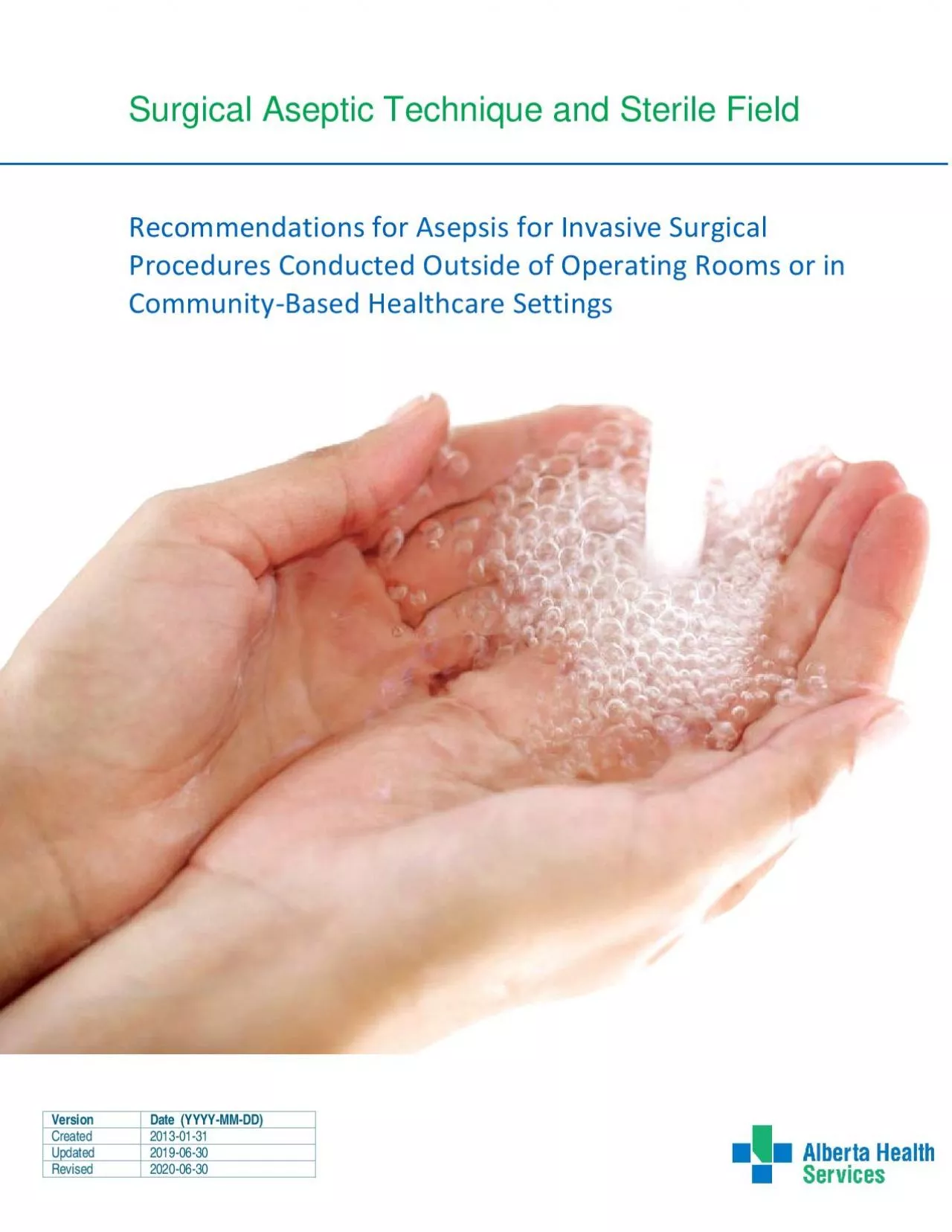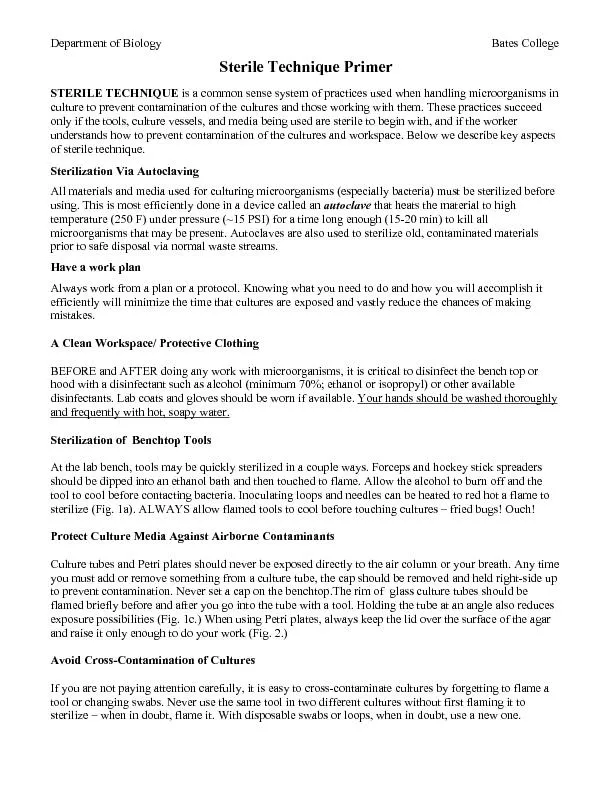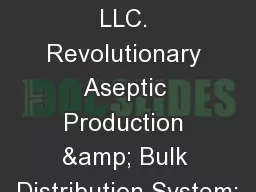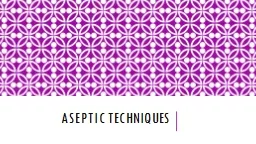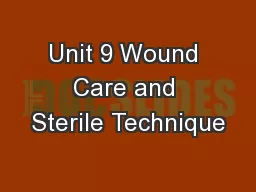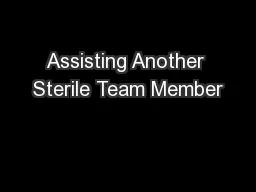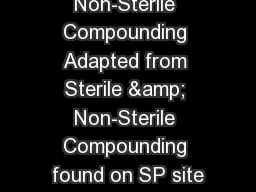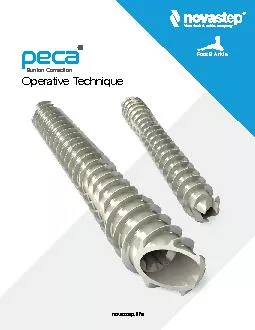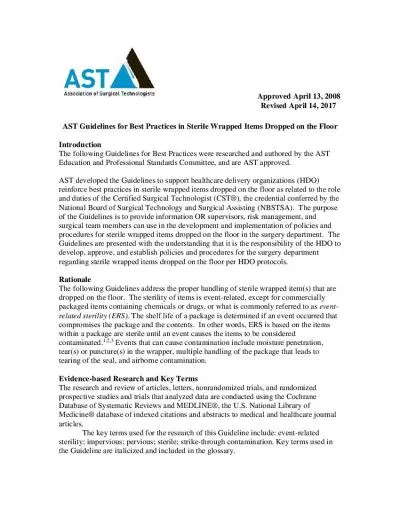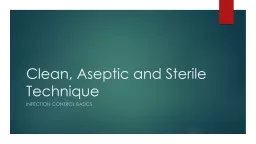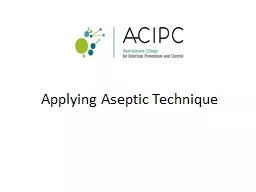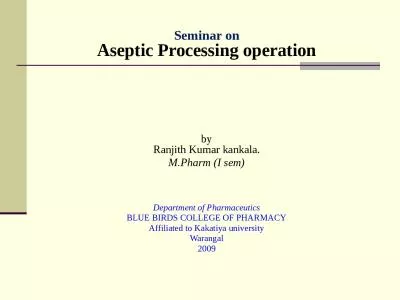PDF-Surgical Aseptic Technique and Sterile Field
Author : paisley | Published Date : 2022-08-16
Recommendations for Asepsis for Invasive Surgical Procedures Conducted Outside of Operating Rooms or in CommunityBased Healthcare Settings Version Date YYYY MM DD Created 2013 01 31 Updated
Presentation Embed Code
Download Presentation
Download Presentation The PPT/PDF document "Surgical Aseptic Technique and Sterile F..." is the property of its rightful owner. Permission is granted to download and print the materials on this website for personal, non-commercial use only, and to display it on your personal computer provided you do not modify the materials and that you retain all copyright notices contained in the materials. By downloading content from our website, you accept the terms of this agreement.
Surgical Aseptic Technique and Sterile Field: Transcript
Download Rules Of Document
"Surgical Aseptic Technique and Sterile Field"The content belongs to its owner. You may download and print it for personal use, without modification, and keep all copyright notices. By downloading, you agree to these terms.
Related Documents

